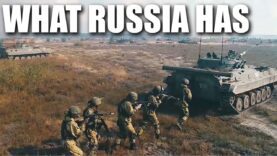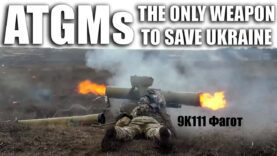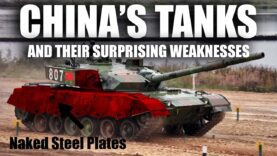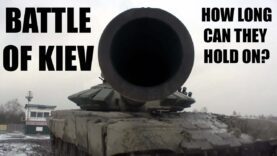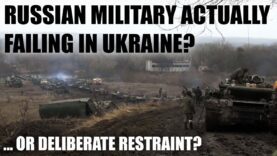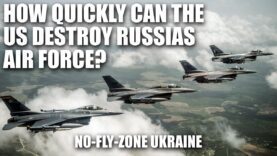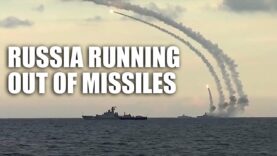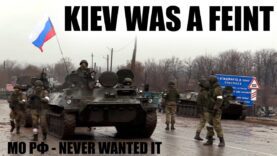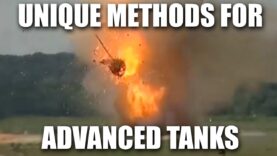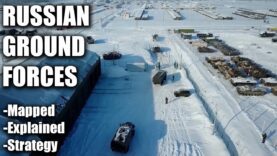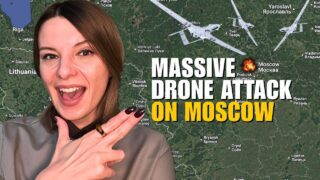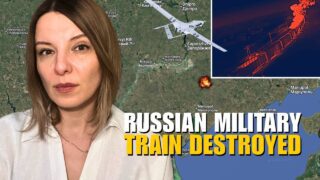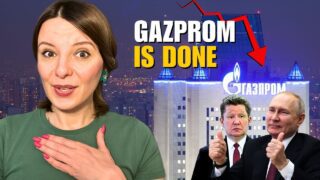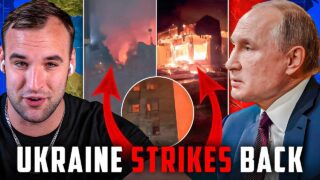NO-FLY-ZONE UKRAINE – Can it be done? Is it smart?
NO-FLY-ZONE UKRAINE – Can it be done? Is it smart?
Video Summary
A no-fly zone, also known as an air exclusion zone, restricts aircraft from flying over a nation or part of one. The goal is to free up and protect units on the ground from aerial threats. To achieve this, airborne patrols are necessary, which can be accomplished with surface-to-air missile systems or fighter aircraft. However, establishing a no-fly zone is complicated.
Surface-to-air missile systems, like Patriot, may be too difficult and risky to deploy in Ukraine, while fighter aircraft require patrolling the skies, which puts them at risk of being shot down by enemy air defenses. This is where fighter jets, like the F-16, can be flown in from the US, but logistical support equipment would take longer to arrive.
The US would need to assess what assets are within range of Ukraine, including airbases and available aircraft. The 3rd Air Force, based in Italy, operates 40 F-16s, the 48th Fighter Wing in the UK has 20 F-15Cs, and the 52nd Fighter Wing in Germany has 20 F-16s. Additionally, there are other air wings consistently deployed, such as a dozen F-35s and various other aircraft.
To establish a no-fly zone, the US would need to deploy E-3 airborne early warning aircraft, fighter squadrons, and other support aircraft. The carrier strike group, including the aircraft carrier Truman, would also be a key component. However, the US faces the risk of losing aircraft and crew, and the potential for escalating into a larger conflict, including a nuclear war.
Destroying enemy air defenses, such as the S-400s in Crimea and near Ukraine’s borders, would be crucial. The US would need to suppress and destroy air defenses, alongside airborne early warning aircraft, tanker aircraft for refueling, and a range of other support aircraft and equipment. Complicating the scenario are the presence of small drones, Su- series aircraft, and other air defenses, making the no-fly zone more challenging to establish.
A careful cost-benefit analysis would be necessary, as the risks of escalating into World War III and a nuclear war are high. Even if successful, it’s unlikely to change the outcome of the war, given Ukraine’s continued struggle against Russia’s massive ground forces.

